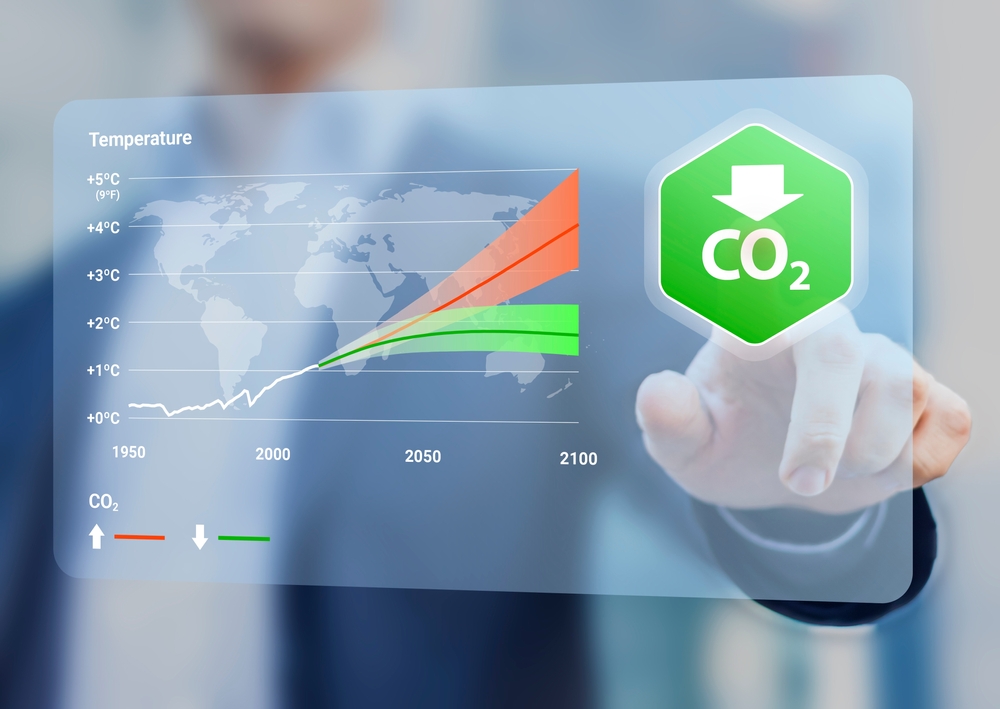Energy Efficiency, GHG Emissions, Industrial, Sourcing Renewables - July 16, 2024
Danaher Lowers Emissions, Boosts RE Use
Danaher Corporation, a global life sciences and diagnostics company, announced its divisions lowered emissions and increased the use of renewable sources.
In in 2023, 44% of the electricity consumed by its Life Sciences segment was generated from renewable sources, compared to 5% in 2021. The segment also used the Danaher Business System (DBS) Energy Management Toolkit to identify and implement energy efficiency projects that, along with the purchases of renewable energy, lowered CO2 emissions by 21% in 2023 compared to the 2021 baseline.
Within the Life Sciences segment, Pall achieved a 29% reduction of CO2 emissions in 2023 compared to 2021. In 2023, the team conducted seven DBS Energy Management kaizens and identified dozens of opportunities that, in aggregate, offer the potential to reduce over 17,000 metric tons of CO2 emissions across its sites.
Some examples include the following:
- Pall Timonium, Maryland, installed a combined heating and power system and more efficient compressed air systems. Coupled with renewable electricity procurement, the site achieved a 73% absolute reduction in CO2 emissions in 2023 compared to 2021.
- Pall Redruth, U.K., installed solar panels and has undertaken an electrification effort to move from natural gas powered heating to electric heating. This effort drove a 67% reduction in CO2 emissions in 2023 compared to 2021.
Danaher’s Genomic Medicines businesses achieved a 42% reduction in CO2 emissions in 2023 compared to 2021, largely as a result of procuring green electricity. In its Biotechnology segment, Cytiva’s Umeå, Sweden site became the business’s first fossil-free manufacturing site by leveraging the DBS Energy Management Toolkit to reduce energy consumption, implement geothermal heating, and shift completely to renewable electricity and biofuels for district heating.
In the Diagnostics segment, two of Cepheid’s California facilities began procuring 100% of their electricity requirements from renewable sources in 2023. In addition, Leica Biosystems’ European/Middle East/Africa (EMEA) manufacturing sites collectively achieved a 61% reduction in CO2 emissions in 2023 compared to 2022, with the business’ Nussloch, Germany, Newcastle, U.K., and Amsterdam, Netherlands, sites each converting to green electricity in 2023.
Radiometer purchased renewable electricity for two of their sites in 2023, resulting in 41% of their total electricity consumption coming from renewable sources.
Earlier in 2024, Danaher committed to set science-based greenhouse gas (GHG) emission reduction targets in line with the Science Based Targets initiative (SBTi), including a long-term target to reach net-zero value chain emissions by no later than 2050.
Danaher's pledge complements the company's existing commitment to reduce Scope 1 and 2 GHG emissions on an absolute basis by 50.4% by 2032 compared to 2021.
The company launched an annual, enterprise-wide climate risk and opportunity assessment based on recommendations of the Task Force on Climate-Related Financial Disclosures (TCFD).
Details were published in its 2024 Sustainability Report.
"At the heart of everything we do at Danaher is our commitment to continuous improvement, and our sustainability program exemplifies this commitment," said Rainer Blair, President and CEO, in a statement. "We remain focused on making meaningful progress every day and are proud of what we achieved this year across our sustainability initiatives."
In 2023, Danaher assessed and rated the sustainability practices of suppliers representing 75% of the company's annual supplier spend, with a goal to increase that coverage to 80%.
Read These Related Articles:
Share this valuable information with your colleagues using the buttons below:
« Back to NewsStay Up-To-Date












